-
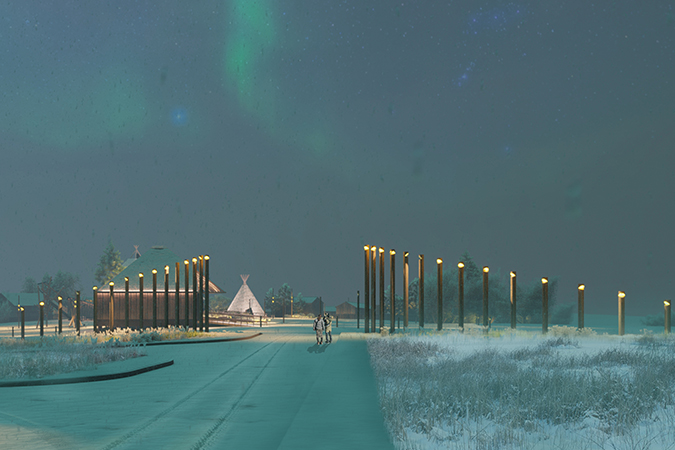 Komi Village Ethnographic Park project in Labytnangi is based on the vision of Komi village as a unique, historically established repository of traditions and landmark objects located in a natural context.>>>
Komi Village Ethnographic Park project in Labytnangi is based on the vision of Komi village as a unique, historically established repository of traditions and landmark objects located in a natural context.>>>
The ethnographic park is a museum of the world and culture of the peoples of the Far North that emerges at the junction of reality and fiction, exists and operates in different worlds and spaces. Genuine tangible and intangible objects on its territory, united in the space of the park, are the signs of the presence of the past in the present.
The project aims at active interaction of the future museum and ethnographic complex with its environment, promoting and expanding its presence on regional scale. The project partners are local citizens and authorities, scientific and cultural institutions, various businesses in the field of tourism. The infrastructure of the future museum and ethnographic park coincides with the historical territory of the Komi village. On entering the orbit of the ethnopark, visitors are being involved into the museum performance and become a part of it.
The space of the park is provided with the elements of tourist reception infrastructure and simultaneously organized as a museum exposition. Preserved historical houses become the items of museum display dedicated to the traditional cultures of the local Khanty and Komi peoples, to demonstrate traditional crafts and lifestyle of the Far North and pass them on to future generations.Architects: Grigory Guryanov, Denis Chistov, Anna Karneeva, Christina Neletova, Olesya Olkhovskaya
Developed in collaboration with Project Group 8
Location: town of Labytnangi
Client: town of Labytnangi, Museum of Local History
Site area: 6.35 ha
Project: 2021—2022 -
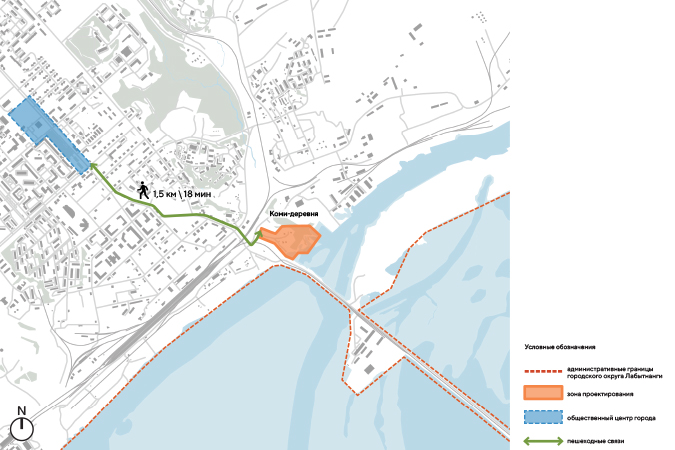 Architects: Grigory Guryanov, Denis Chistov, Anna Karneeva, Christina Neletova, Olesya Olkhovskaya
Architects: Grigory Guryanov, Denis Chistov, Anna Karneeva, Christina Neletova, Olesya Olkhovskaya
Developed in collaboration with Project Group 8
Location: town of Labytnangi
Client: town of Labytnangi, Museum of Local History
Site area: 6.35 ha
Project: 2021—2022 -
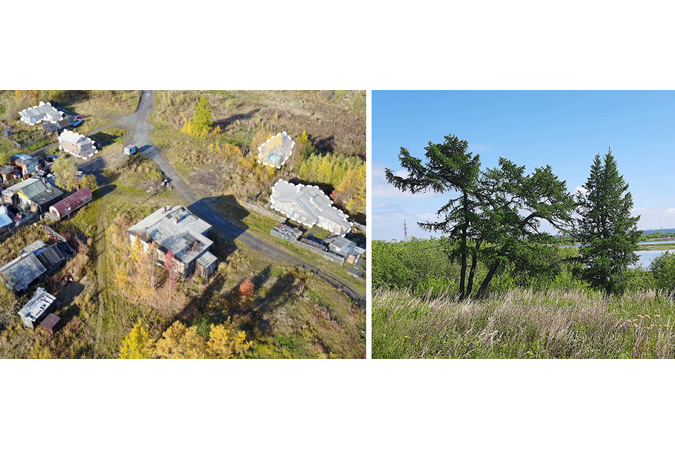 Architects: Grigory Guryanov, Denis Chistov, Anna Karneeva, Christina Neletova, Olesya Olkhovskaya
Architects: Grigory Guryanov, Denis Chistov, Anna Karneeva, Christina Neletova, Olesya Olkhovskaya
Developed in collaboration with Project Group 8
Location: town of Labytnangi
Client: town of Labytnangi, Museum of Local History
Site area: 6.35 ha
Project: 2021—2022 -
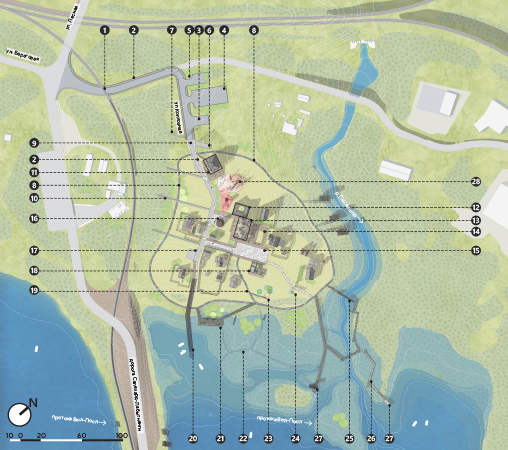 Architects: Grigory Guryanov, Denis Chistov, Anna Karneeva, Christina Neletova, Olesya Olkhovskaya
Architects: Grigory Guryanov, Denis Chistov, Anna Karneeva, Christina Neletova, Olesya Olkhovskaya
Developed in collaboration with Project Group 8
Location: town of Labytnangi
Client: town of Labytnangi, Museum of Local History
Site area: 6.35 ha
Project: 2021—2022 -
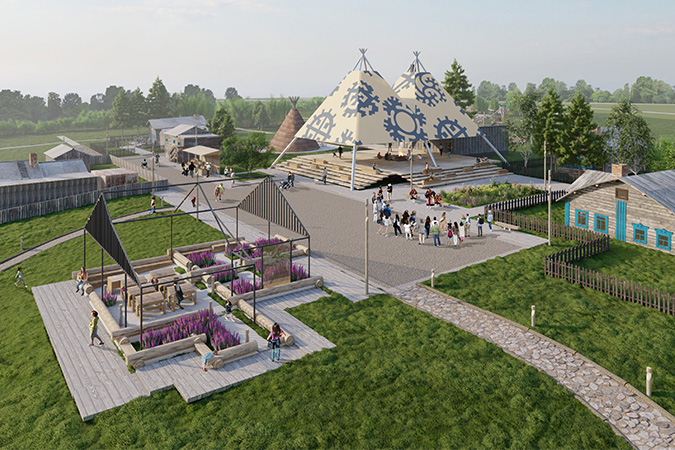 Architects: Grigory Guryanov, Denis Chistov, Anna Karneeva, Christina Neletova, Olesya Olkhovskaya
Architects: Grigory Guryanov, Denis Chistov, Anna Karneeva, Christina Neletova, Olesya Olkhovskaya
Developed in collaboration with Project Group 8
Location: town of Labytnangi
Client: town of Labytnangi, Museum of Local History
Site area: 6.35 ha
Project: 2021—2022 -
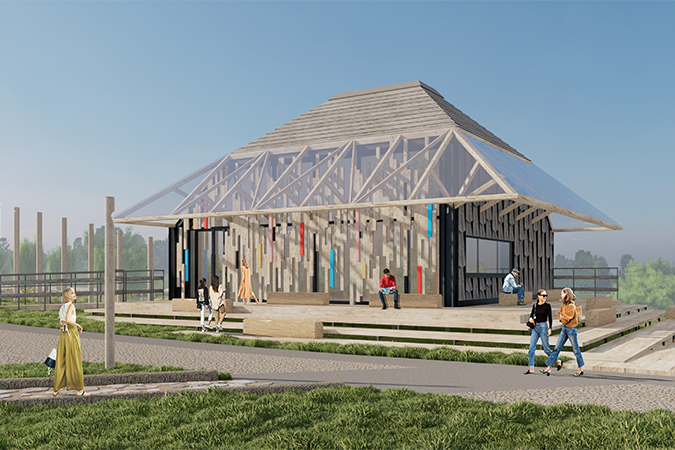 Architects: Grigory Guryanov, Denis Chistov, Anna Karneeva, Christina Neletova, Olesya Olkhovskaya
Architects: Grigory Guryanov, Denis Chistov, Anna Karneeva, Christina Neletova, Olesya Olkhovskaya
Developed in collaboration with Project Group 8
Location: town of Labytnangi
Client: town of Labytnangi, Museum of Local History
Site area: 6.35 ha
Project: 2021—2022 -
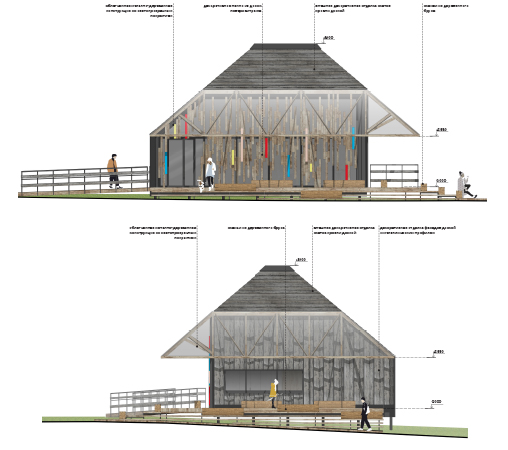 Architects: Grigory Guryanov, Denis Chistov, Anna Karneeva, Christina Neletova, Olesya Olkhovskaya
Architects: Grigory Guryanov, Denis Chistov, Anna Karneeva, Christina Neletova, Olesya Olkhovskaya
Developed in collaboration with Project Group 8
Location: town of Labytnangi
Client: town of Labytnangi, Museum of Local History
Site area: 6.35 ha
Project: 2021—2022 -
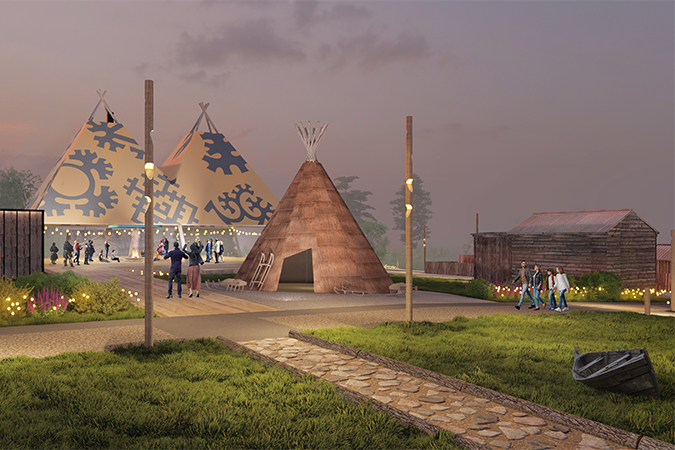 Architects: Grigory Guryanov, Denis Chistov, Anna Karneeva, Christina Neletova, Olesya Olkhovskaya
Architects: Grigory Guryanov, Denis Chistov, Anna Karneeva, Christina Neletova, Olesya Olkhovskaya
Developed in collaboration with Project Group 8
Location: town of Labytnangi
Client: town of Labytnangi, Museum of Local History
Site area: 6.35 ha
Project: 2021—2022 -
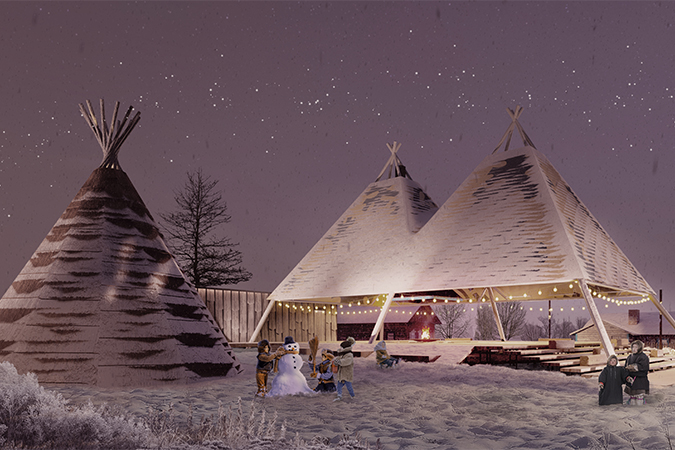 Architects: Grigory Guryanov, Denis Chistov, Anna Karneeva, Christina Neletova, Olesya Olkhovskaya
Architects: Grigory Guryanov, Denis Chistov, Anna Karneeva, Christina Neletova, Olesya Olkhovskaya
Developed in collaboration with Project Group 8
Location: town of Labytnangi
Client: town of Labytnangi, Museum of Local History
Site area: 6.35 ha
Project: 2021—2022 -
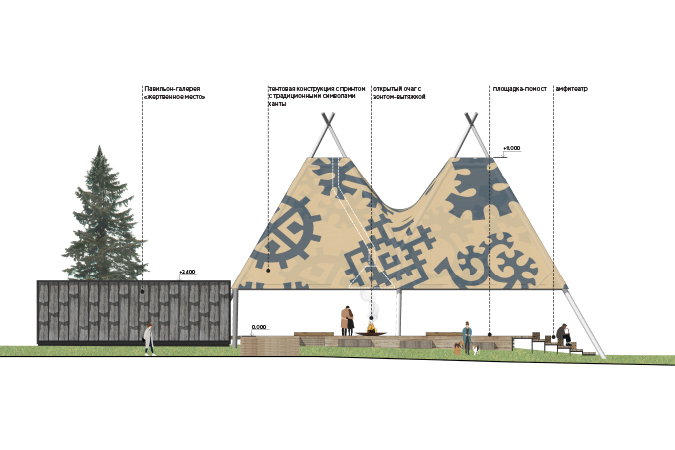 Architects: Grigory Guryanov, Denis Chistov, Anna Karneeva, Christina Neletova, Olesya Olkhovskaya
Architects: Grigory Guryanov, Denis Chistov, Anna Karneeva, Christina Neletova, Olesya Olkhovskaya
Developed in collaboration with Project Group 8
Location: town of Labytnangi
Client: town of Labytnangi, Museum of Local History
Site area: 6.35 ha
Project: 2021—2022 -
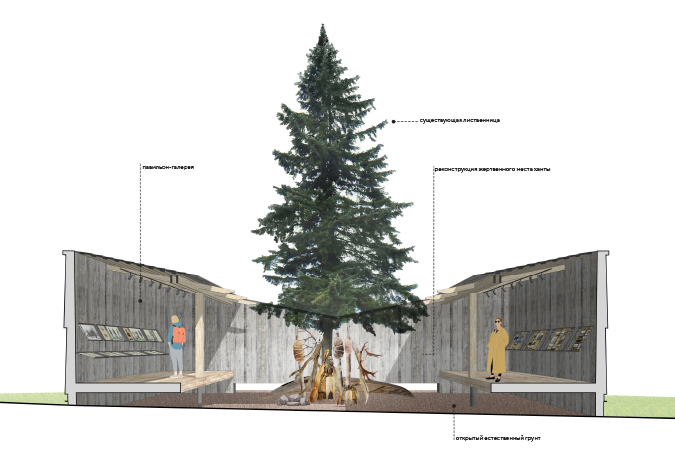 Architects: Grigory Guryanov, Denis Chistov, Anna Karneeva, Christina Neletova, Olesya Olkhovskaya
Architects: Grigory Guryanov, Denis Chistov, Anna Karneeva, Christina Neletova, Olesya Olkhovskaya
Developed in collaboration with Project Group 8
Location: town of Labytnangi
Client: town of Labytnangi, Museum of Local History
Site area: 6.35 ha
Project: 2021—2022 -
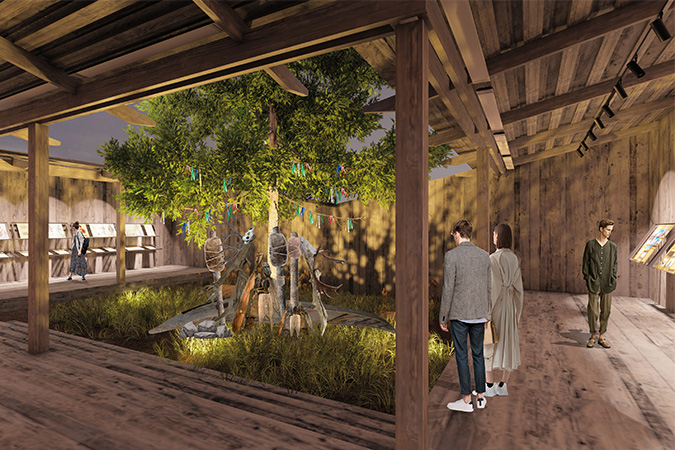 Architects: Grigory Guryanov, Denis Chistov, Anna Karneeva, Christina Neletova, Olesya Olkhovskaya
Architects: Grigory Guryanov, Denis Chistov, Anna Karneeva, Christina Neletova, Olesya Olkhovskaya
Developed in collaboration with Project Group 8
Location: town of Labytnangi
Client: town of Labytnangi, Museum of Local History
Site area: 6.35 ha
Project: 2021—2022 -
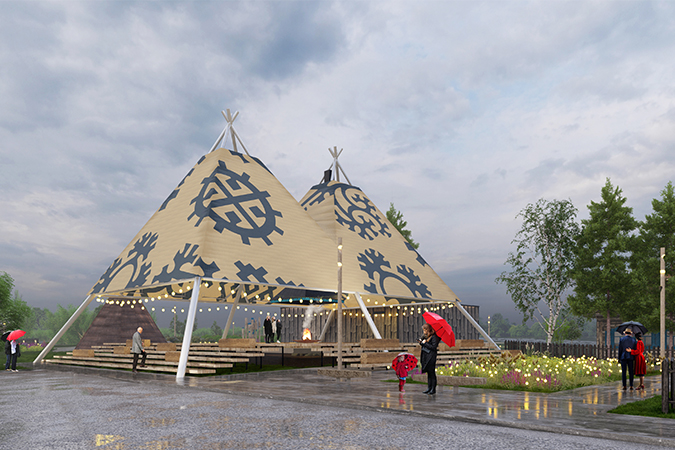 Architects: Grigory Guryanov, Denis Chistov, Anna Karneeva, Christina Neletova, Olesya Olkhovskaya
Architects: Grigory Guryanov, Denis Chistov, Anna Karneeva, Christina Neletova, Olesya Olkhovskaya
Developed in collaboration with Project Group 8
Location: town of Labytnangi
Client: town of Labytnangi, Museum of Local History
Site area: 6.35 ha
Project: 2021—2022 -
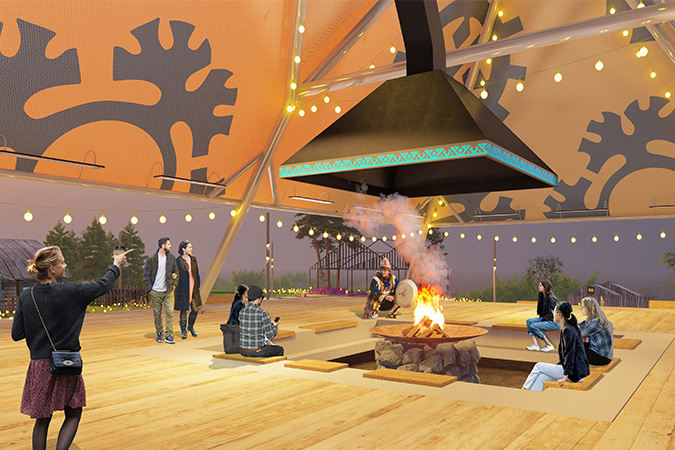 Architects: Grigory Guryanov, Denis Chistov, Anna Karneeva, Christina Neletova, Olesya Olkhovskaya
Architects: Grigory Guryanov, Denis Chistov, Anna Karneeva, Christina Neletova, Olesya Olkhovskaya
Developed in collaboration with Project Group 8
Location: town of Labytnangi
Client: town of Labytnangi, Museum of Local History
Site area: 6.35 ha
Project: 2021—2022 -
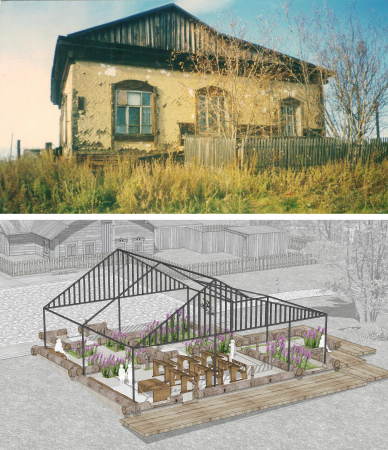 Architects: Grigory Guryanov, Denis Chistov, Anna Karneeva, Christina Neletova, Olesya Olkhovskaya
Architects: Grigory Guryanov, Denis Chistov, Anna Karneeva, Christina Neletova, Olesya Olkhovskaya
Developed in collaboration with Project Group 8
Location: town of Labytnangi
Client: town of Labytnangi, Museum of Local History
Site area: 6.35 ha
Project: 2021—2022 -
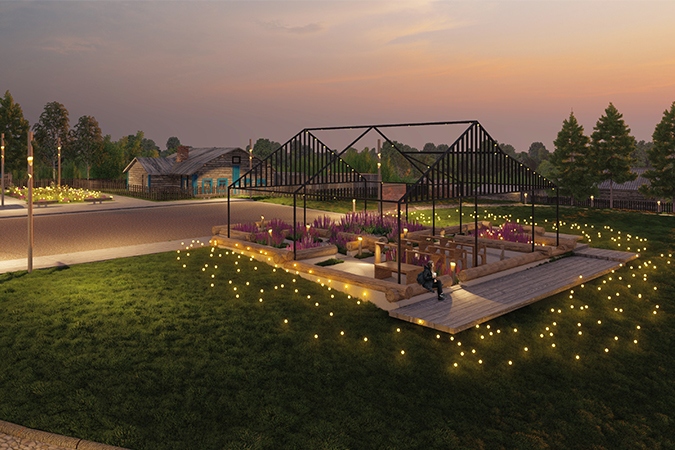 Architects: Grigory Guryanov, Denis Chistov, Anna Karneeva, Christina Neletova, Olesya Olkhovskaya
Architects: Grigory Guryanov, Denis Chistov, Anna Karneeva, Christina Neletova, Olesya Olkhovskaya
Developed in collaboration with Project Group 8
Location: town of Labytnangi
Client: town of Labytnangi, Museum of Local History
Site area: 6.35 ha
Project: 2021—2022 -
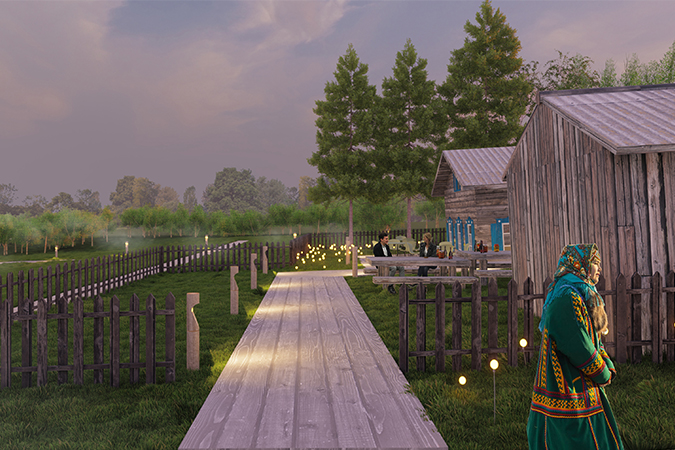 Architects: Grigory Guryanov, Denis Chistov, Anna Karneeva, Christina Neletova, Olesya Olkhovskaya
Architects: Grigory Guryanov, Denis Chistov, Anna Karneeva, Christina Neletova, Olesya Olkhovskaya
Developed in collaboration with Project Group 8
Location: town of Labytnangi
Client: town of Labytnangi, Museum of Local History
Site area: 6.35 ha
Project: 2021—2022 -
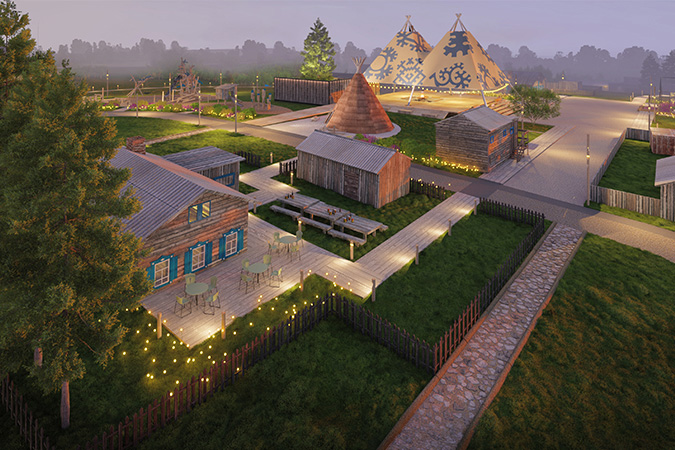 Architects: Grigory Guryanov, Denis Chistov, Anna Karneeva, Christina Neletova, Olesya Olkhovskaya
Architects: Grigory Guryanov, Denis Chistov, Anna Karneeva, Christina Neletova, Olesya Olkhovskaya
Developed in collaboration with Project Group 8
Location: town of Labytnangi
Client: town of Labytnangi, Museum of Local History
Site area: 6.35 ha
Project: 2021—2022